What Is the Difference Between Cheap and Expensive Saffron?
Saffron is one of the world’s most expensive spices, known for its vibrant color, distinct flavor, and numerous health benefits. However, not all saffron is created equal. The market offers a wide range of saffron at different price points, with cheap and expensive options available. But what makes one saffron more expensive than another, and how can you tell the difference between cheap and high-quality saffron? Let’s explore the factors that determine the cost of saffron and what you should look for when purchasing it.
Quality of the Saffron Threads
One of the key differences between cheap and expensive saffron is the quality of the threads. High-quality saffron consists of long, thick, and deep red threads, which are rich in crocin, the compound responsible for saffron’s signature color and health benefits. Expensive saffron typically has longer, more intact threads, whereas cheaper saffron may have broken or shorter threads. These smaller, fragmented threads contain less of the active compounds, resulting in a weaker color, flavor, and aroma.
Origin of the Saffron
The origin of saffron plays a significant role in its price. Saffron from regions known for producing the highest quality, such as Iran, Spain, and India, tends to be more expensive. Iranian saffron, in particular, is often considered the best due to its rich color and intense aroma. On the other hand, saffron from less reputable regions may be cheaper but might not meet the same quality standards. When purchasing saffron, it’s essential to consider its origin and buy from trusted sources that guarantee high quality.
Purity of the Saffron
Another factor that influences the price of saffron is its purity. Expensive saffron is typically pure, with no additives or fillers. It should only contain the stigma of the saffron flower, and each thread should be uniform in color and texture. In contrast, cheap saffron may be adulterated with other materials like dried flowers or synthetic dyes to enhance its color or volume. This compromises the quality and may even affect the flavor and safety of the saffron. Always check for authenticity when purchasing saffron, especially if the price seems unusually low.
Color and Aroma
The color and aroma of saffron are some of the best indicators of its quality. Expensive saffron should have a deep, rich red color with little to no yellow or orange in the threads. It should also have a strong, floral aroma, which is a sign of its potency. Cheap saffron often has a lighter, faded color and a weaker fragrance. The less fragrant saffron is, the lower its quality and the fewer active compounds it likely contains.
Cost Considerations
While it’s tempting to purchase cheaper saffron, it’s important to consider that the lower price often comes with a trade-off in quality. If you’re looking for saffron to elevate your cooking or enjoy its health benefits, investing in high-quality saffron is worth it. High-quality saffron tends to last longer, requires less to achieve the desired color and flavor, and provides greater health benefits. Expensive saffron may be an investment, but it will offer a richer, more satisfying experience than cheap saffron.
Conclusion
In conclusion, the difference between cheap and expensive saffron comes down to the quality of the threads, the purity, the origin, and the color and aroma. While cheap saffron may be more affordable, it often lacks the potency and purity of expensive saffron. To ensure you are getting the best saffron for your needs, it’s important to buy from trusted suppliers who provide high-quality products. For premium saffron, explore our range at Rowhani Saffron.
If you have any further questions or need help selecting the perfect saffron, feel free to contact us.

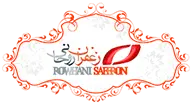
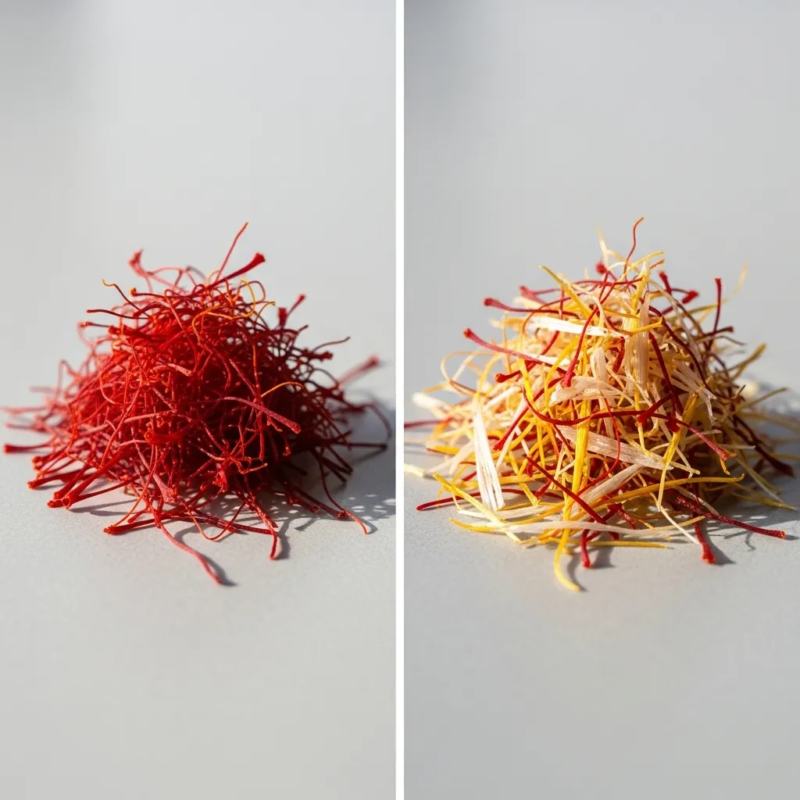
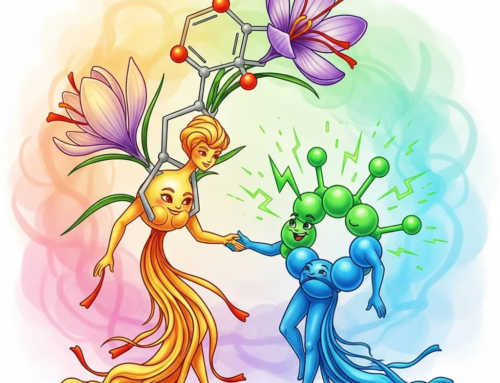
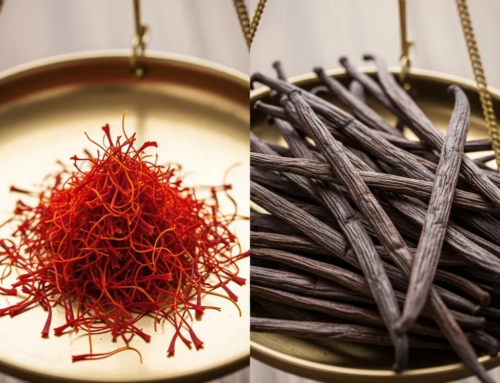
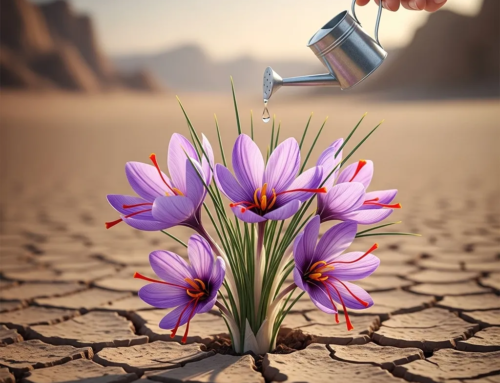
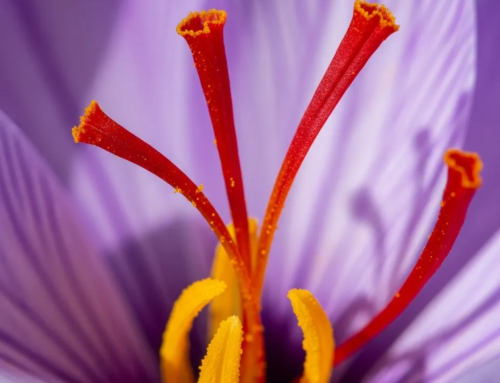
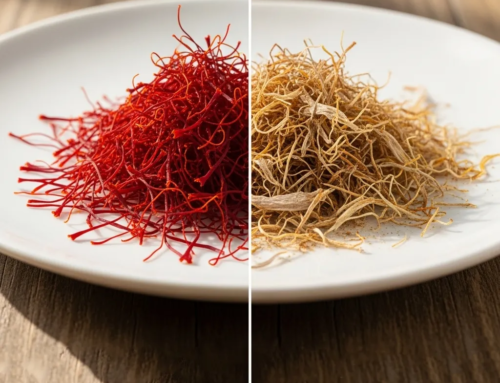
Get Social